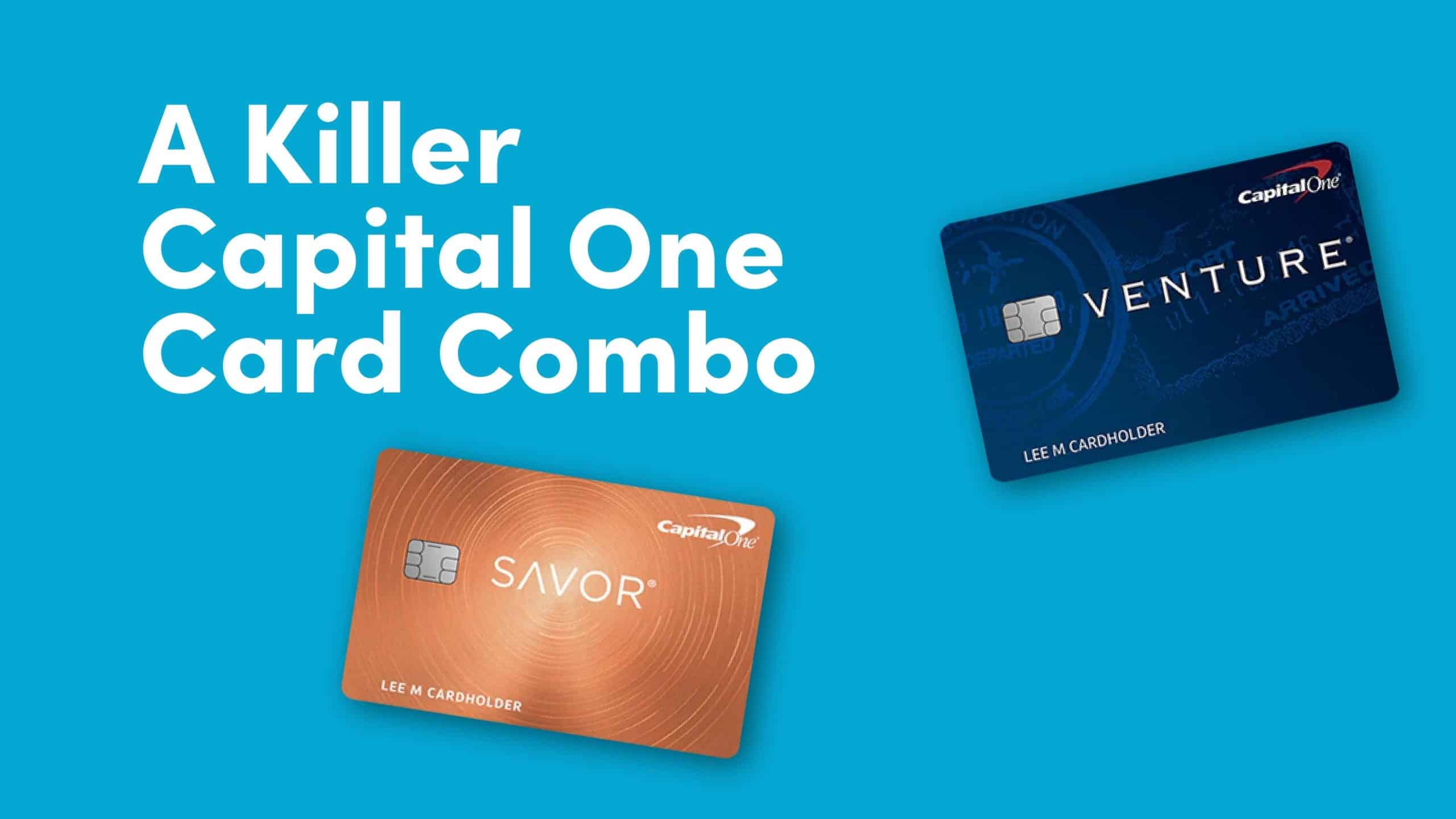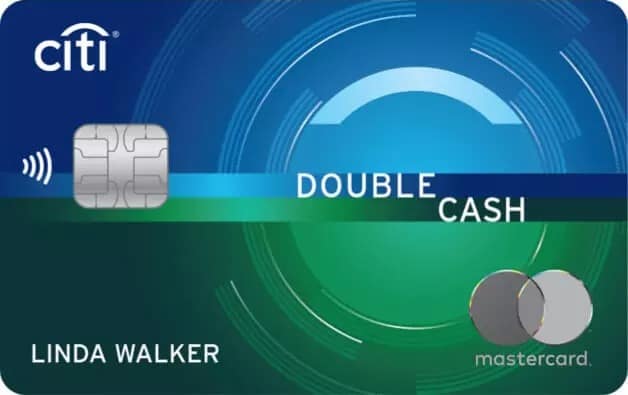
10xTravel is part of an affiliate sales network and receives compensation for sending traffic to partner sites, such as CreditCards.com. This compensation may impact how and where links appear on this site. This site does not include all financial companies or all available financial offers. Terms apply to American Express benefits and offers. Enrollment may be required for select American Express benefits and offers. Visit americanexpress.com to learn more.
Note: Some of the offers mentioned below may have changed or may no longer be available. The content on this page is accurate as of the posting date; however, some of our partner offers may have expired. You can view current offers here.
A few years ago, Jennifer Garner did a great job of convincing many people that the simplicity of the Capital One® Venture® Rewards Credit Card made it the best travel rewards card for anyone.
It seems that Capital One has learned that simple isn’t always better. With the addition of Capital One transfer partners, Capital One has elevated the value of their Venture miles and have started to compete with the likes of Chase and American Express.
But is Capital One really competing? They’re making quite a compelling case. One so strong in fact that it might just be one of the best bank combos out there.
Let’s take a look at this combo to see why it might just be one of the best values that you’re overlooking in the points and miles world.
The Capital One Venture Rewards Credit Card
The first card in the combo is the Capital One® Venture® Rewards Credit Card. This is Capital one’s flagship travel rewards card. Coming in with a $95 annual fee, the Capital One® Venture® Card earns 2X miles for every dollar spent. There’s no other bonus categories, just a flat 2X on every dollar spent.
This is better than most Chase cards, which earn 1 to 1.5X for every dollar spent outside of bonus categories. Chase certainly does provide the opportunity to earn more points in certain bonus categories on cards like the Chase Sapphire Preferred® Card or the Chase Sapphire Reserve®, but no Chase card comes close to earning 2X flat across the board.
American Express can get a bit closer. The Blue Business® Plus Card earns 2X points on everyday business purchases such as office supplies or client dinners. 2X applies to the first $50,000 in
purchases per year. For most people, the $50,000 cap is more than they’ll spend on one card. Other cards, like the American Express® Gold Card earn up to 4X points on some categories.
What makes the Capital One Venture Card so appealing to many is its simplicity. The appeal is people saying to themselves, “I don’t need to worry about using the right card to get the most points”. Instead, you can sacrifice some complexity to still get an above average earning rate than what you’ll get from most other cards.
Capital One Venture Rewards Credit Card
75,000
miles
once you spend $4,000 on purchases within 3 months from account opening, equal to $750 in travel.
Annual Fee: $95
The Capital One Savor Cash Rewards Credit Card
The second card in this combo propelling Capital One’s value is the Capital One® Savor® Cash Rewards Credit Card.
The Savor Cash Rewards card is everything the Venture card isn’t. To get the most value, the Capital One Savor Cash Rewards card takes advantage of bonus categories. However, sticking with the theme of simplicity, the categories are broad and unlimited. You don’t have to worry about spending caps or random exclusions. Instead, if the store you make a purchase at falls into the bonus category, you’ll get the bonus points.
The Capital One Savor Cash Rewards card offers 4% cash back on every dollar spent in the following categories:
- Dining
- Entertainment
- Popular Streaming Services
Additionally, the Savor Cash Card earns 3% cash back on every dollar spent at grocery stores and 1% cash back on all other purchases.
Despite not being as straightforward as the Venture card in its earnings rate, the Savor card will earn 3-4% cash back on some of the most popular categories. The only one really missing that most people would find useful are gas stations, but otherwise you’re covered.
What Makes This A Good Combo: Combining Points
What really makes this combination stand out is the ability to combine points. Although the Savor card technically earns cash back, you can convert that cash back into Venture miles on your Venture card. This is pretty similar to the Freedom line of cards from Chase that earn cash back, but you can combine them with Ultimate Rewards if you have one of the Ultimate Rewards earning cards.
You can combine the cash back earned on your Savor card with your Venture card online. All you have to do is navigate to the “Share My Rewards” option in the rewards tab and you’ll be able to share your cash back with your Venture card. This will convert it from cash back into Venture miles.
The earning rate you get is just about as good as it gets. While you won’t be able to earn bonus points for travel spend, the fact of the matter is you’re working to earn points to minimize that spend anyway.

How the Capital One Combo Stacks Up
Let’s see how the Capital One combo stacks up to other combinations out there.
Chase has the combination of the Chase Freedom Unlimited® and the Chase Sapphire Preferred® Card. Citi has the Citi® Double Cash Card and the Citi Premier® Card (unavailable to new applicants).
| Capital One Combo | Chase Combo | Citi Combo | |
|---|---|---|---|
| Minimum Earn Rate | 2X | 1.5X | 2X |
| Earn on Dining | 4X | 3X | 3X |
| Earn on Entertainment | 4X | 1.5X | 2X |
| Earn on Travel | 2X | 2X-5X* | 3X** |
| Earn on Groceries | 3X | 1.5X | 3X |
| Earn on Gas Stations | 2X | 1.5X | 3X |
| Average Earn Rate | 2.83X | 1.83-2.33X | 2.67X |
*The Chase Sapphire Preferred® earns 5X points per dollar on travel purchased through Chase Travel and 2X points on all other travel. **The Citi Premier Card earns 3X points on hotels and air travel.
The Capital One combo ties for the highest earn rates on the minimum earning rate and on spend at gas stations. It has the highest earn rate on dining and entertainment. The only category it really loses in is travel and it comes second for gas stations. Also, its average earn rate across all categories is higher than the Chase combo or the Citi combo.
When it comes to everyday spend on the most popular categories, the Capital One combo outshines both Chase and Citi.
How Valuable Are Capital One Miles?
The ability to earn more Capital One miles only matters if the miles you’ve earned are valuable and usable. On face value, you can redeem Capital One miles for one cent each as a statement credit against cash purchases of travel.
What really adds more value to Capital One miles is the ability to transfer them to travel partners. This is an area where Capital One has really been gaining ground. When Capital One initially announced their travel partners, their transfer rates varied between 2:1, 2:1.5 and 1:1. Over time, Capital One has been gradually improving these.
Now, most travel partners transfer 1:1 including the following:
- Aeromexico Club premier
- Air Canada Aeroplan
- Avianca LifeMiles
- British Airways Executive Club
- Cathay Pacific Asia Miles
- Choice Privileges
- Emirates Skywards
- Etihad Guest
- Finnair Plus
- Qantas Frequent Flyer
- Singapore KrisFlyer
- TAP Air Portugal Miles&Go
- Turkish Airlines Miles&Smiles
- Wyndham Rewards
Capital One does still have a few transfer partners at other levels. Capital One miles transfer to ALL Accor Limitless 2:1 and transfer to EVA Air Infinity MileageLands 2:1.5.
Examples of the Power of Capital One Miles
Some Capital One transfer partners are better than others. There are some definite sweet spots in some of Capital One’s partners that help illustrate the power of accumulating Capital One miles.
Etihad Guest

Etihad isn’t part of any major airline alliance. Instead, Etihad partners with a variety of different airlines and has its own award chart for each partner. This presents the opportunity for quite a few sweet spots in Etihad’s partner award charts.
One way you can use Etihad Guest miles is to fly American Airlines business class to Europe for only 50,000 points. This is 7,500 fewer points than what you’d pay with American Airlines. Considering that there’s no full time bank program that transfers to American Airlines, the ability to transfer to Etihad Guest presents great value for booking American Airlines flights to Europe.
If traveling to Korea is on your list, you can use Etihad Guest miles to fly Asiana Airlines from Los Angeles (LAX), San Francisco (SFO) or Seattle (SEA) to Incheon Airport in Seoul, South Korea (ICN) for only 59,000 miles in business class.
Turkish Airlines Miles&Smiles

Until Capital One added Turkish Airlines, you could only transfer Citi Thank You points to Turkish’s Miles&Smiles program. Turkish’s award program presents a great opportunity to save a lot of miles on Star Alliance flights.
You can fly United from the U.S. to Europe in business class for 45,000 points and pay no surcharges. Turkish includes Turkey as part of Europe and you can book a free stopover on your European trip.
Turkish is probably most famous for the ability to book flights to Hawaii on United for only 7,500 points one-way (15,000 points round-trip) in economy or 12,500 points (25,000 points round-trip) in business class.
Travelers to India should be sure to look at Turkish’s award chart. Flights cost 52,500 miles in business class and you can route on various airlines through Europe.
Wyndham Rewards
Although Wyndham doesn’t get quite as much coverage as other popular hotel programs, domestic travelers can find a lot of great Wyndham hotels to book with points.
The Wyndham Rewards program keeps things simple. Hotels fall into three tiers and will cost 7,500, 15,000 or 30,000 points. Even Wyndham’s top tier hotels won’t break the bank. Whether you’re looking to go skiing in Park City or enjoy the water at Clearwater Beach in Florida, you’ll find a Wyndham hotel to fit your needs.
Capital One typically limits you to only two cards open at a time. If you already have another Capital One card open, you’ll need to close it or consider seeing if you can “product change” it to the Savor card.
Capital One Restrictions
If you’re looking to open the Capital one Venture and Savor card combo, there are a few restrictions you need to know.
For starters, when applying for a new card Capital One tends to pull your credit report from all three credit bureaus. If you have a freeze on any of the three credit bureaus, be sure to remove the freeze before applying for a Capital One card or else you’ll likely be immediately rejected.
Additionally, Capital One typically limits you to only two cards open at a time. If you already have another Capital One card open, you’ll need to close it or consider seeing if you can “product change” it to the Savor card.
Final Thoughts
The Capital One Venture Card and Capital One Savor Card provide a tremendous amount of value out of just two cards. For a combined annual fee of $190 you’ll get some of the highest earning rates across a broad range of categories, and the highest average earning rate overall compared to combos from Chase and Citi.
A few years ago, the strategy to focus on Capital One cards would have been out of the question. Now, with the addition and gradual improvement of transfer rates to a number of travel partners, Capital One has made a compelling case as a mainstay in your points and miles strategy.
Since Capital One limits you to just two cards, choosing the Venture and the Savor card just makes sense and should be on your radar. Because their earnings rates are high and earning with these cards is pretty simple, it does make you think when you hear the question “What’s in your wallet?”.
New to the world of points and miles? The Chase Sapphire Preferred® Card is the best card to start with.
With a bonus of 75,000 bonus points after you spend $5,000 on purchases in the first 3 months from account opening. , 5x points on travel booked through Chase Travel℠ and 3x points on restaurants, streaming services, and online groceries (excluding Target, Walmart, and wholesale clubs), this card truly cannot be beat for getting started!
once you spend $4,000 on purchases within 3 months from account opening, equal to $750 in travel.
after you spend $5,000 on purchases in the first 3 months from account opening.
after you spend $6,000 in eligible purchases on your new Card in your first 6 months of Card Membership. Welcome offers vary and you may not be eligible for an offer. Apply to know if you’re approved and find out your exact welcome offer amount – all with no credit score impact. If you’re approved and choose to accept the Card, your score may be impacted.
after you spend $500 on purchases in your first 3 months from account opening
after you spend $1,500 on purchases in the first 6 months of account opening. This bonus offer will be fulfilled as 20,000 ThankYou® Points, which can be redeemed for $200 cash back.
Editors Note: Opinions expressed here are author’s alone, not those of any bank, credit card issuer, hotel, airline, or other entity. This content has not been reviewed, approved or otherwise endorsed by any of the entities included within the post.











